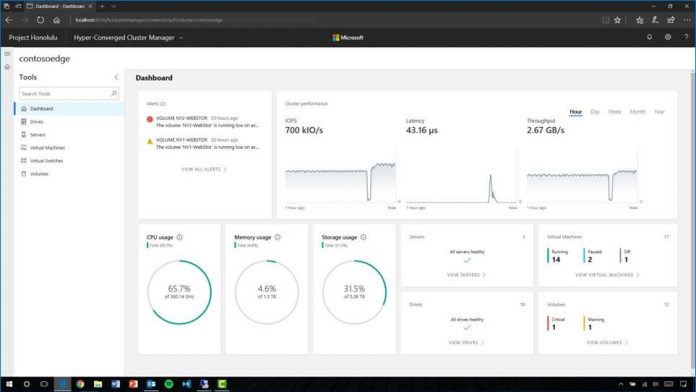As mentioned, Hyper-V 2019 is the big news with the latest Windows Server 2019 preview. However, Hyper-V Server acts as a standalone product that comes with the Windows Server driver model Windows hypervisor. Additionally, it brings virtualization components to users as an effective and easy to use solutions. System Insights is an entirely new feature that is integrated into Windows Server 2019. It allows local predictive analytics in the service. In a blog post today, Microsoft explains how the new feature functions: “These predictive capabilities—each backed by a machine-learning model—locally analyze Windows Server system data, such as performance counters and events, providing insight into the functioning of your deployments and helping you reduce the operational expenses associated with monitoring your Windows Server instances.” All of the abilities of System Insights run locally, which allows collected data to be analyzed directly on Windows Server. Because of this, users can run predicative analytics without needing to be connected to the cloud. Among the abilities of System Insights in the preview are forecasting, networking, storage, and future usage analytics. “You can manage System Insights through an intuitive Windows Admin Center extension or directly through PowerShell, and System Insights allows you to manage each capability individually. This includes configuring custom schedules to run each capability and adding remediation scripts to automatically address any issue detected by a capability.” Insiders can pull in Preview Build 17692 from the Windows Server Insider download page.
Recent Updates
Microsoft has been increasing available features for Insiders running Windows Server 2019 in recent months. In May the company added some new abilities while also making sweeping fixes to the build. Back in April, Microsoft introduced a storage migration feature. It is described as a “job-based orchestration and proxy” tool. This essentially means the feature give IT pros the tools to inventory servers and move settings from one server to another. In the process, the old server would be decommissioned.




